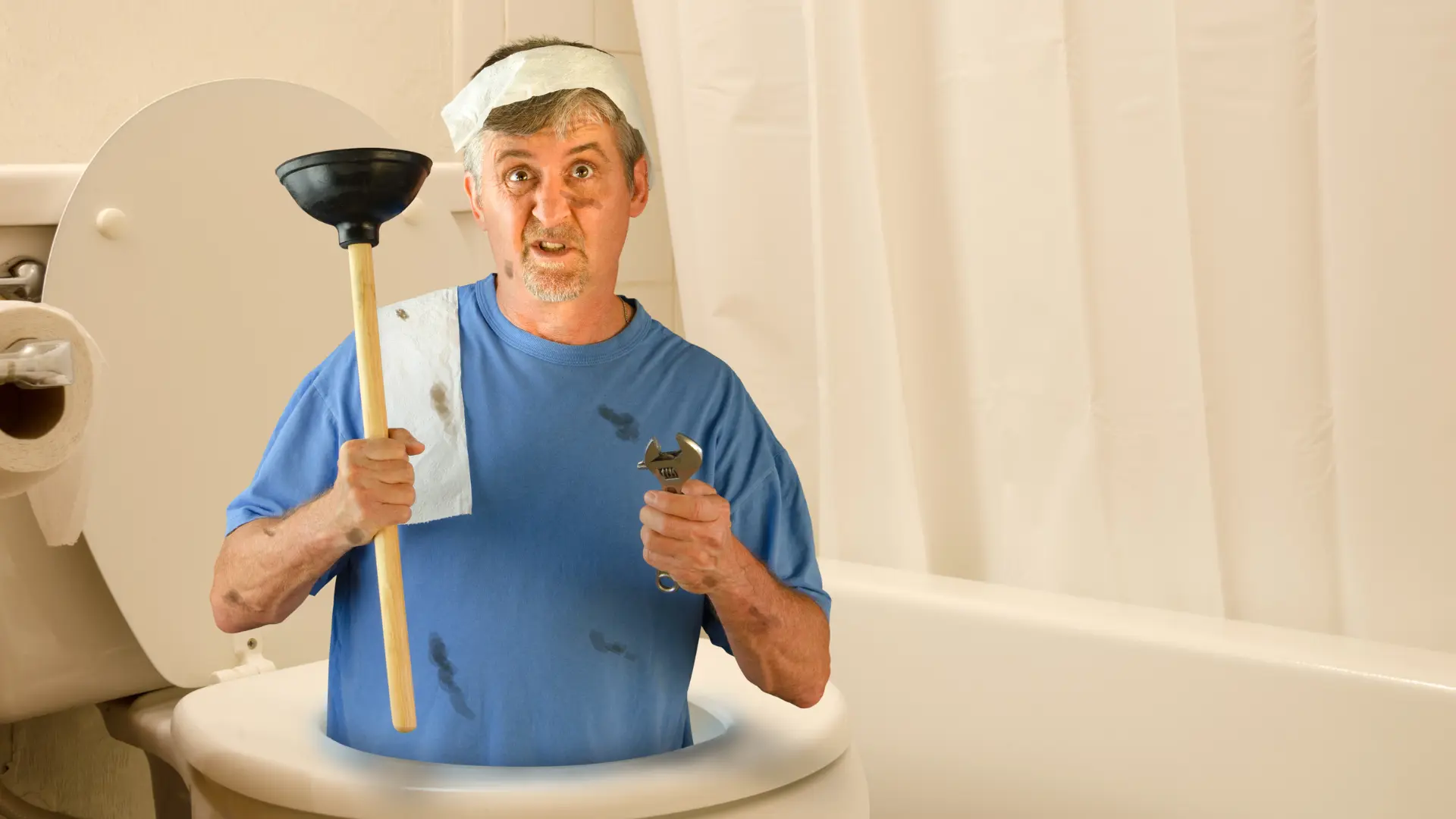Drip. Drip. Drip. That is the sound of a dripping faucet.
Apart from constant drips, you may be wasting huge amounts of water. The Environmental Protection Agency states that a faucet that leaks just one drop per minute will result in more water loss than 3,000 gallons per year.
It’s obvious that you want to get to the source of the leak as quickly as possible.
Luckily for you, it’s easy to fix a leaking faucet.
Compression or Washerless: First things first
The two types of faucets found in a home are compression and washerless (cartridge). The process for repairing each faucet is different because they use different parts to control water flow.
A rubber washer keeps the valve seat in its place when a compression faucet is used. This rubber washer will eventually wear down due to constant friction between the washer and the valve seat.
A washerless faucet, on the other hand, uses a cartridge and valve seat to regulate the faucet’s water flow. They are more durable than standard compression faucets but can crack or wear out from normal wear and tear over time.
Shutoff off your water
Whatever type faucet you use, it is important to first shut off the water supply to the faucet. To turn the water off, locate the two valves under the sink and turn them counterclockwise.
Once you have done that, open the faucet and let out any remaining water or air pressure. To prevent any essential items from falling into the sink, you will also need to close the drain.
How to fix a washerless faucet
Remove faucet handles
After the water is turned off, you can remove the faucet handle. Locate the small screws at the back or bottom of the handle to do this. Each brand may be different. However, these are usually hex screws so you will need the right size Allen key. Once the screws are removed, raise the handle and take it out.
Cartridge faucet
Before you can pull out the cartridge, the retaining nut must be removed. To loosen the nut, use a pair of adjustable pliers to gently rotate it counterclockwise.
Once the nut is removed, you can pull the cartridge out with needle nose pliers. You can repair the leak by replacing the cartridge with one of the same dimensions.
Ball faucet
Worn out valve springs and seats are usually the cause of the leak. Start by removing the faucet decorative cap with a pair adjustable pliers. The cap may feel stuck to the housing so be careful not to apply too much pressure with your wrench. Instead, wrap a piece of cloth that has been soaked in vinegar around the dome. After a few minutes, try again to loosen the cap.
After the cap is removed, take out the rubber packing washer, plastic cam, cam washer and ball valve assembly. The valve seat and springs will be clearly visible once the ball has been removed. Take them out and replace with new ones.
How to fix a compression faucet
Remove faucet handles
To access the inside of your faucet to fix a dripping compression faucet, begin by unscrewing the handle. These screws are located at the back or bottom of the faucet.
Next, remove the set screws that hold the handle in place with a screwdriver.
Take out the stem
After the handles are removed, find the internal stem and the stem nut that holds it in place.
Use a wrench to loosen the nut.
Inspect the O-Ring
The valve stem should be removed next. You should now be able see the O-ring and seat washer.
Inspect the O-ring. Replace the O-ring if it is cracked or worn.
Change out the washer
The seat washer is located at the base of the stem. The seat washer may be held in place with a screw. It is possible that the seat washer may be held in place by a screw. If this is the case, you should remove it first before trying to take out the washer.
Simply replace the washer with a brand new one once it is removed. These parts are very cheap. You should replace O-rings and washers with the exact same sizes. Even the smallest difference could cause big leaks.
After the washer is replaced, you can reassemble your faucet and run it to check for leaks.
Final thoughts on how to fix a leaky faucet
It is important to know what kind of faucet yours are so you can diagnose and fix any leaks that may occur.
While it may take patience and time, you can repair a leaky faucet yourself. However, if you rather have someone else deal with the problem, don’t hesitate to hire a professional plumber.
FAQ – Leaky faucets
What type of tools do you need to repair a leaky faucet?
You will need an Allen wrench, pliers and a screwdriver to repair a leaky faucet.
Can a leaky faucet fix itself over time?
The leak is likely to get worse with time especially if there are any deteriorating faucet parts. To avoid any water loss, it is important to repair a leak immediately.
Why does a faucet drip?
Leakage is often caused by wear to the stem or cartridge. Also, rubber or silicone washers may wear down and no longer seal the faucet.



